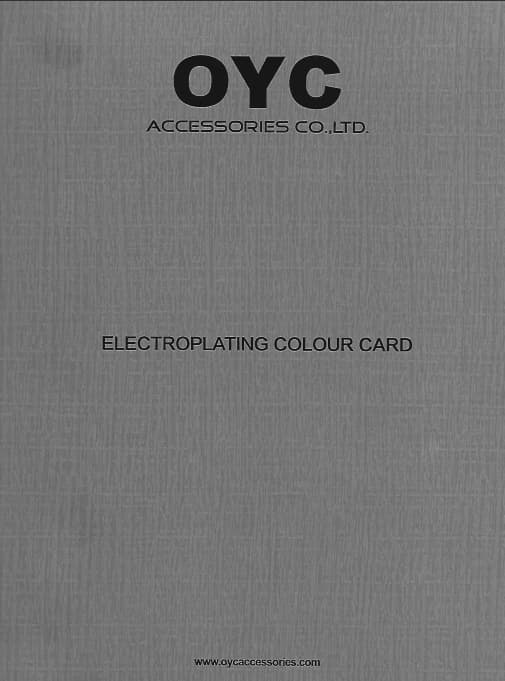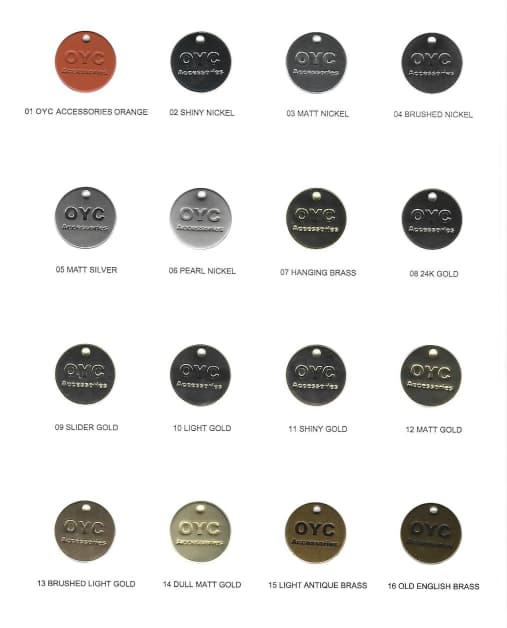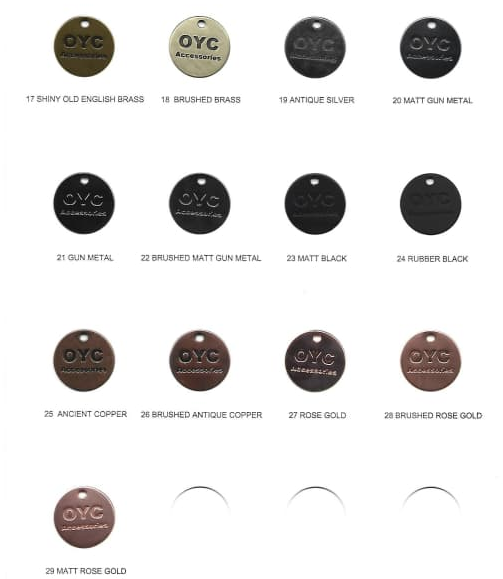Hardness of electrophoretic lattice frame of engraved round metal logo-B
Fourth.hardness test methods and standardsCommonly used test methodsPencil hardness test: According to GB/T 6739 standard, use a pencil of known hardness to scratch at an angle of 45°, and take the highest hardness value without scratch as the result.Vickers hardness (HV): for thin coatings (<50μm), the hardness value is calculated by the diagonal length of the indentation.Knoop hardness (HK): more accurate hardness measurement of small areas, suitable for localised hardening treatments.Standard referencesAutomotive industry standards (e.g. GMW 14872) require electrophoretic coatings to have a pencil hardness of ≥3H and a scratch resistance (under 500g load) of ≤3mm scratch width. Industrial equipment standards may be more stringent, e.g. HV ≥ 200. Fifth.hardness performance in practical applicationsScratch resistanceHardness and scratch resistance are not linearly related. For example, a coating with HV300 may be scratch-free under a force of 5N, but a coating with HV250 may perform better with the addition of a lubricant (e.g. silicone oil).Environmental AdaptabilityHigh temperature and high humidity environments (e.g. 85°C/85%RH) may cause the coating to soften and the hardness to drop by 20-30%. Long-term hardness stability needs to be verified by ageing tests.Sixth.recommendations and directions for optimisationProcess optimisationAdjust the pH (e.g. 5.5-6.5) and conductivity (1000-1500μS/cm) of the electrophoresis solution to improve the densification of the coating.Adopt UV curing technology for the lattice layer, which can shorten the curing time to within 10 seconds and increase the hardness by 15%-20%.Material SelectionFor scenes requiring high hardness (e.g. outdoor signage), a combination of stainless steel substrate + epoxy electrophoresis + two-component polyurethane lattice frame is recommended.For lightweight requirements, aluminium alloy substrate can…


















